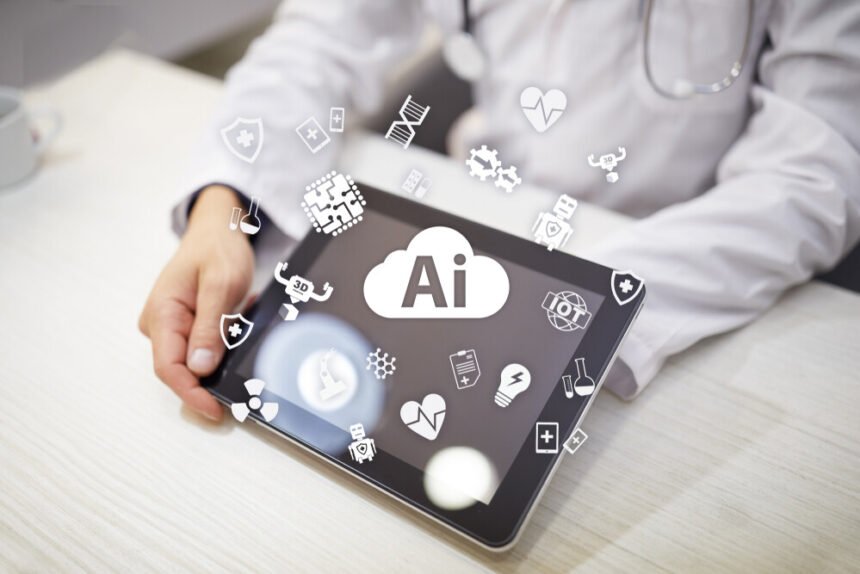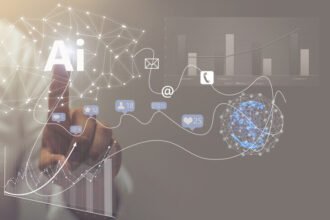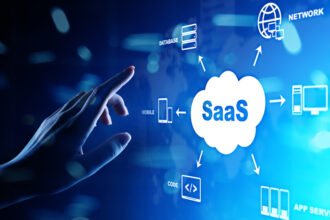Big Data and AI are, perhaps, the most important business technologies of the century, and they are intrinsically related. Every year, the use of AI algorithms and information sets grows and improves. Because of this, businesses become faster and more effective, and the public gets what they want quicker and more often.
But what is the state of AI and Big Data, right now?
In this article, we take a snapshot look at the world of information processing as it stands in the present.
Premise
Big data and AI have what is referred to as a synergistic relationship. AI is pointless without data behind it, and the quantities of data that are now used by businesses everywhere are nonnegotiable without the support of AI.
In other words, when you hear a discussion about AI, you can assume that the topic of Big Data is, at least peripherally involved. And when you hear about Big Data, you can make similar assumptions about AI.
Both are experiencing increasing importance, which has led to a massive uptick in data-related jobs. Below, we describe what some of these positions are, and how they are being framed in 2022.
Data Processing in 2022
Data processing jobs have been on the rise for the last several years and are expected to continue to increase by at least 25% through 2022. Similarly, digital forensics, data-based marketing, and other career paths with at least an adjacent relationship data are also gaining traction.
Currently, there is a movement toward what is called “composable analytics” in which data is taken from multiple streams and processed through AI algorithms to produce a single, clear information set.
Composable analytics allow businesses to cut costs on infrastructure while benefiting from highly accessible., organized information. As of 2022, it’s expected that approximately 60% of business organizations will combine data sets from three or more sources.
Less Grey Space
The current assumption is that approximately 70% of business-related data goes unused. There is so much information out there that even very large corporations with robust resources can’t handle all of it cleanly.
The Big Data is too…big.
In response to this problem, businesses in 2022 are looking to upgrade and invest in what is called their “data fabric.” Data fabric is essentially the digital architecture that connects an organization’s information technology.
Imagine the setup of your average software company. You have a billing department. Sales. HR. Then you have your executive suite and marketing. All divisions that have their own tech stack, complete with their own data sets.
Each branch of this hypothetical company may be able to access information that is relevant to its processes. The billing department, for example, might know how many people went in for account upgrades that month, or how many churned out. The sales department, however, might not know any of it.
Data integrations allow information to flow cleanly through separate divisions of the same corporate entity, creating the opportunity for big picture implementation of data.
With good data fabric, this same tech company can now take billing data and use it to bolster sales. It can take sales data, and use it to improve marketing. And, at the executive level, leadership can view everything, and use it to make long-term forecasts and strategizing.
Data Democratization
Data is no longer solely the asset of very large businesses. Because data analytic tools are now available at a relatively affordable rate, and there are more experts on information processing than ever, even small businesses can use this technology to their advantage.
True, in the context of mom-and-pop shops, the “bigness” of Big Data is relative. However, the processes being applied are largely the same. Small businesses use customer data and algorithms to improve their marketing efforts, hone their products or services, and, in short, find better ways to serve the public and run their operation.
Consumers are Benefiting
While there remains a degree of public discomfort surrounding the concept of Big Data and AI, in 2022, consumers have warmed slightly to these ideas. Part of this owes to a greater understanding of what Big Data is.
Though corporations do possess a significant amount of consumer information, it’s mostly anonymous. There’s so much of it that no one could feasibly associate the information with John from Delaware or Susie in Maine.
Consumers do, however, see the benefits of Big Data, in the form of improved products, personalized recommendations, and better overall service from the businesses they frequent.










